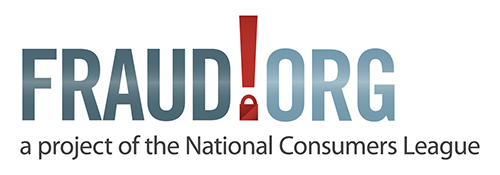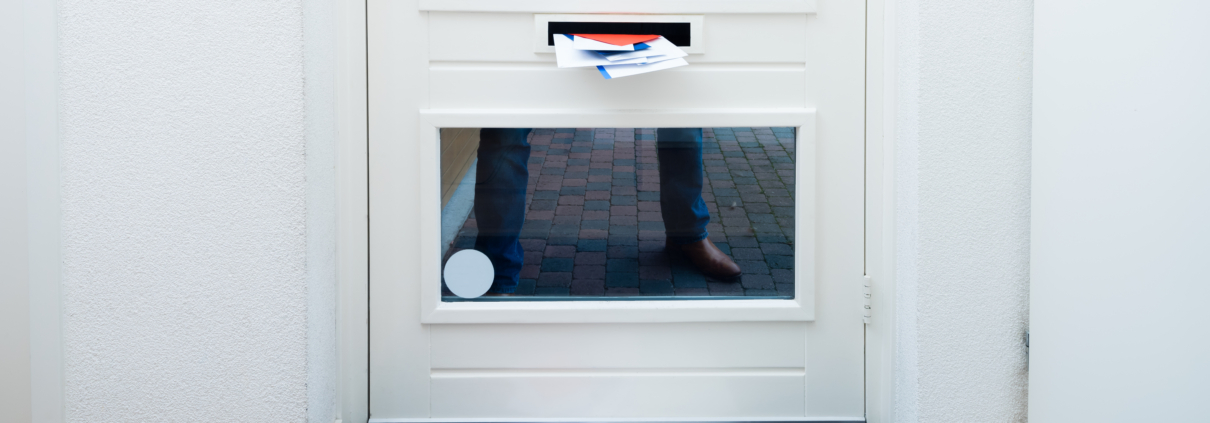Check fraud is on the rise
At a time when fraud has gone high-tech, with artificial intelligence being embraced to drive ever-more ingenious scams, scammers are again turning to an old-fashioned tactic: swiping physical checks from individuals’ mailboxes and U.S. Postal Service collection boxes. Despite the declining usage of checks over the past several years, incidents of mail theft are on track to nearly double this year and check fraud is on the same trajectory. Considering the significant amount of money that scammers can steal via check (especially when compared to cash or digital payments), the potential harm from this trend should not be ignored.
The fraud is simple. Scammers open mailboxes flagged with outgoing mail (or they rummage through mail collection boxes) and steal envelopes they believe may contain a check. They can then douse the checks in consumer-grade chemical solutions to remove the original recipient and check amount information. Once the checks dry, the fraudsters fill in the now blank checks and address the check to themselves or an accomplice, rerouting the money away from the victim’s intended addressee.
Mail theft naturally jeopardizes other payment methods as well. Scammers could easily charge a stolen credit card, especially if the victim had already activated it. Additionally, money orders can be rewritten similarly to checks. One Californian reported to Fraud.org that four of their Moneygram money orders were stolen from their mailbox, with two of them successfully cashed by the thief. The crime resulted in a $2,000 loss to the victim.
If you’re thinking about sending or receiving money in the mail, remember the following:
- Drop off mail containing a check or credit card with an employee at a post office. Sending mail through a staffed post office will lower the chance of a fraudster intercepting your payment.
- Remove mail from your mailbox frequently. Fraudsters can’t swipe your incoming mail if you get to it first.
- Confirm with the recipient that they received the money. Additionally, check your bank statements for any charges that may be greater than authorized or sent to the wrong individual.
- Report fraud immediately. If you notice suspicious payments from your account, contact your bank as soon as possible to begin protective measures and possibly receive a refund.
If you or someone you know have been a victim of check fraud, we urge you to report it via Fraud.org’s secure online complaint form. Complaints are shared with Fraud.org’s network of consumer protection and law enforcement partners who use complaints to identify trends and build cases.









